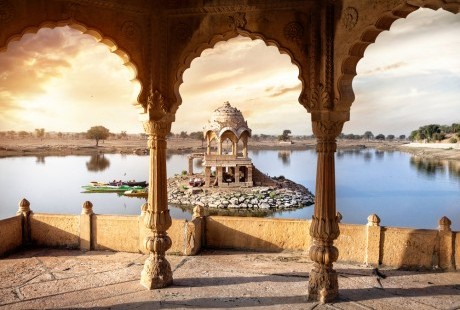India's Spectacular Temples
The English and Hindu speaking India is home to some 1.2 billion people, almost all of whom are Hindu. The Kendar mountain range outlines the country and the Ganges River is the supplier to a large majority of India's residents.
What really shapes this country is its faith. The temples that strike from the ground that are so deep rooted with history that you're almost overwhelmed by their structures. The once-a-year pilgrimages such as the Kumbh Mela which is largely considered the world's largest peaceful gatherings is evidence of the sheer numbers of the faithful.
Temples that you can't miss are dotted all over the country but a few highlights allow a small glimpse into India's home. The Tirumala Venkateswara Temple is a Dravidian structure built in 300 AD and it seems to glisten gold in the sunlight.
The Qutb Minar is the country's largest minar and is beautifully inscribed with Arabic scroll. Although not a part of the Hindu religion, it's a testament to the paitence needed for this craft.
The Konark Sun Temple was built in the 13th Century and is one of UNESCO's World Heritage Sites. It's massive pillars and intricate carvings humble the human eye. Although it's one of the country's more visited temples, if you visit early in the morning, it allows that solidarity you may be seeking.
Lastly, the Taj Mahal is India's most famous structure and is home to millions of visitors every year. Built in memoriam, its white glistening rocks and reflecting pool are a must-see destination.
There are hundreds of temples that are all sizes open for viewers every day, so research the area you will be staying in and visit the surrounding temples.




